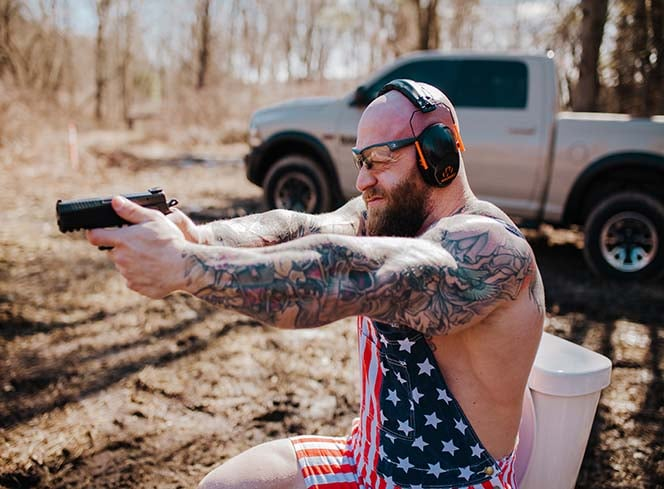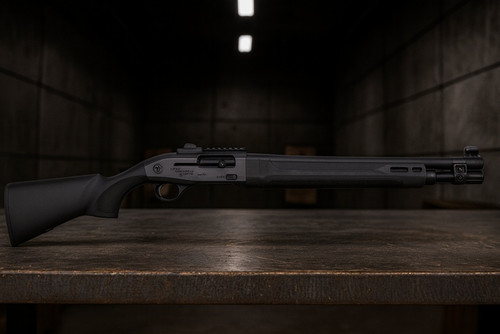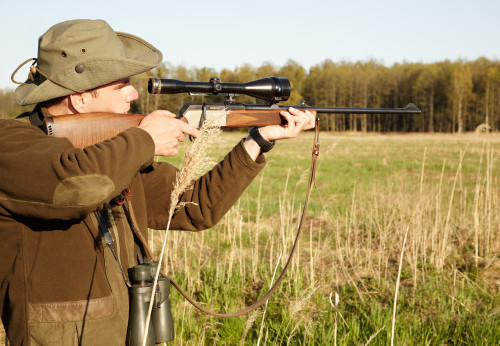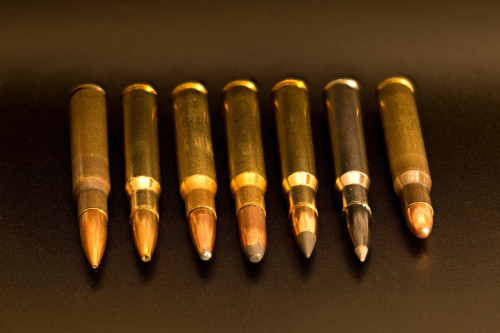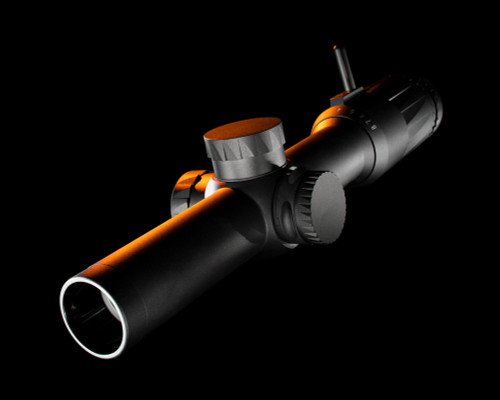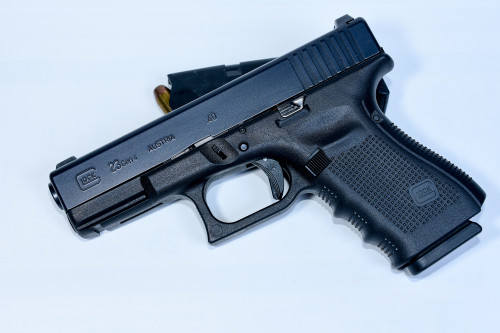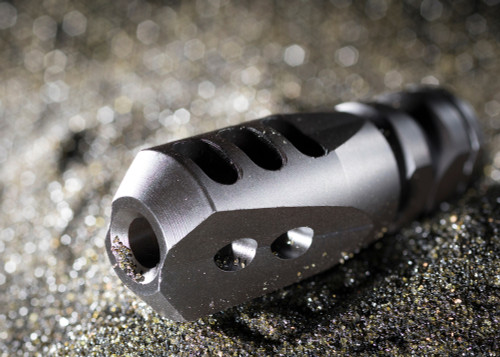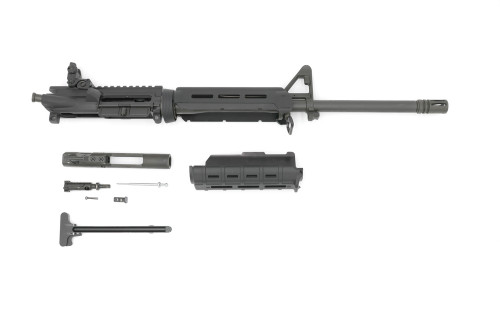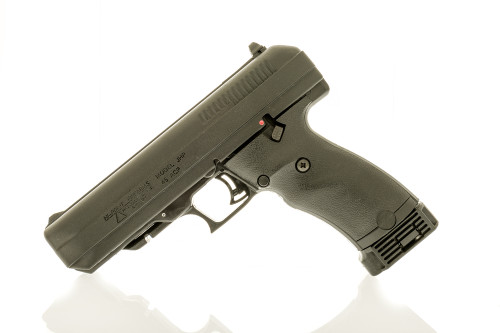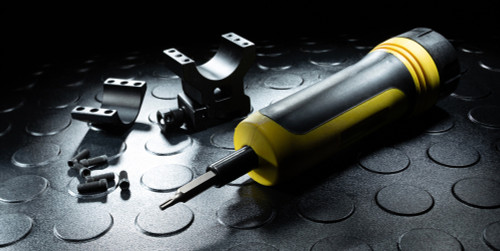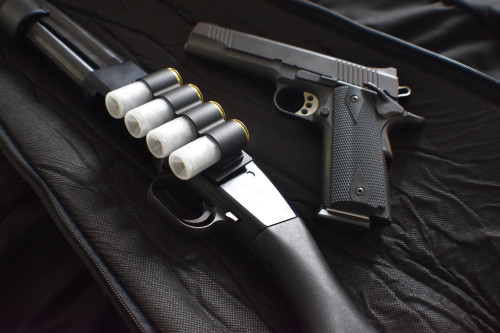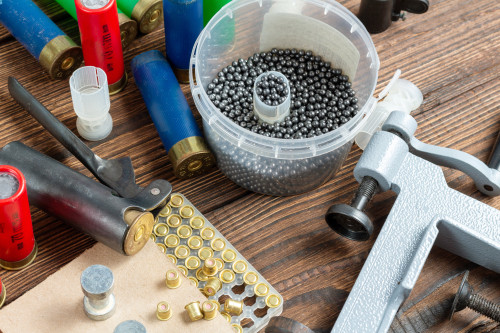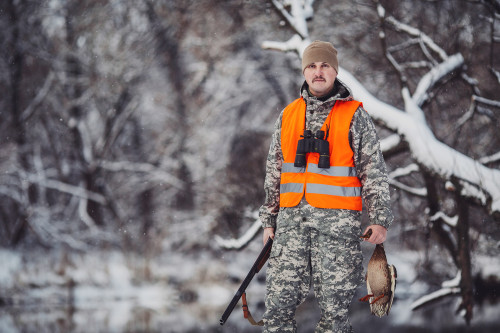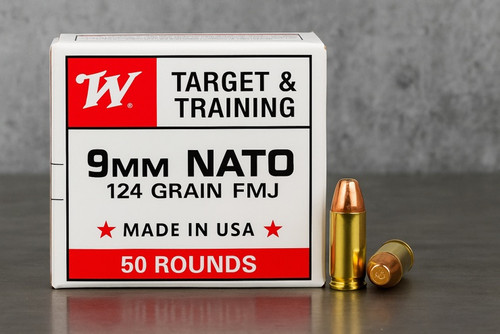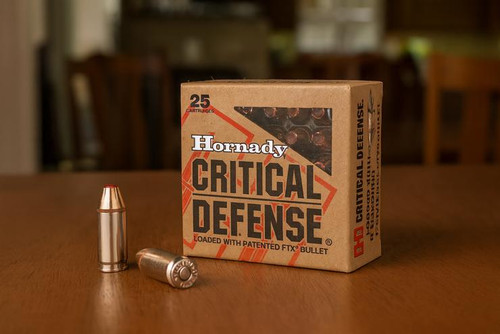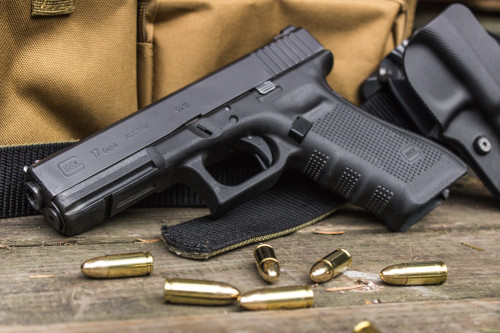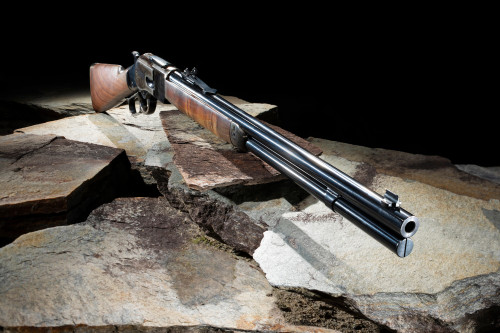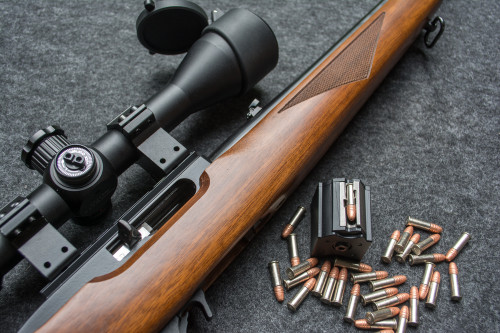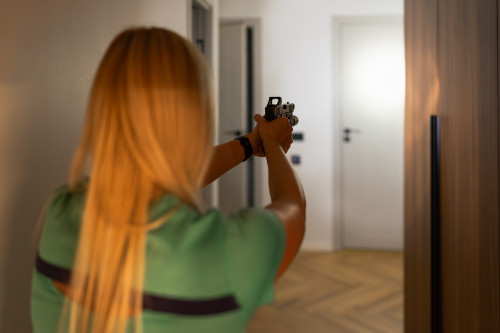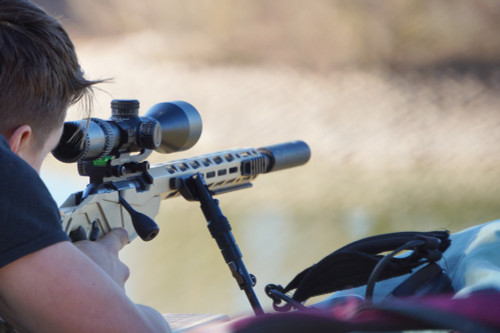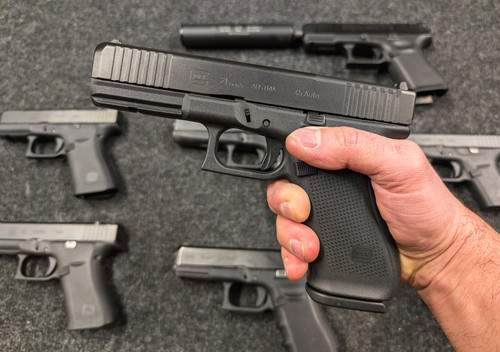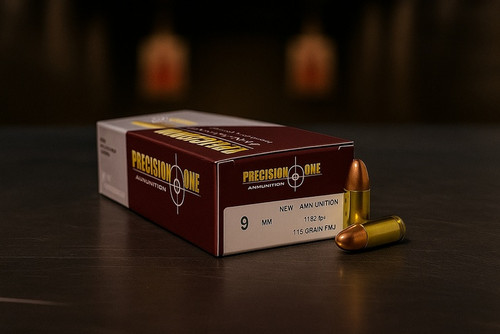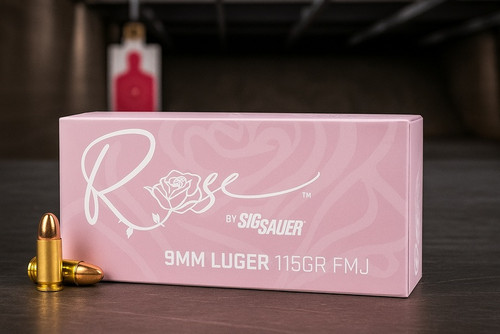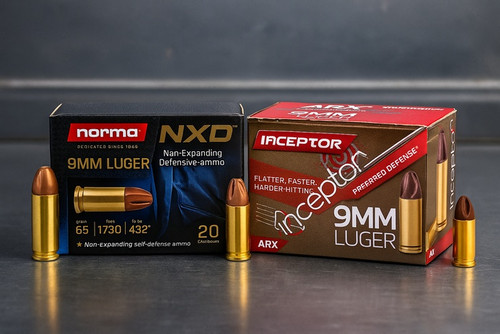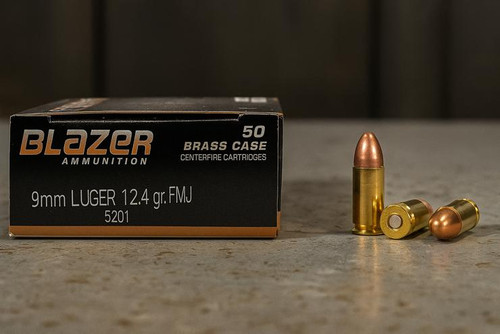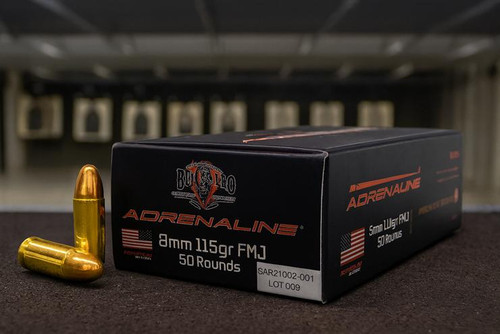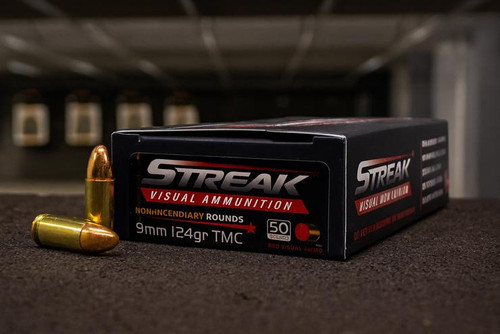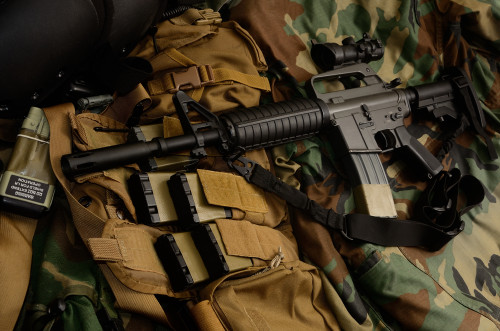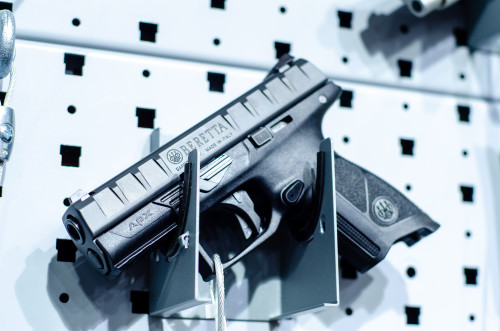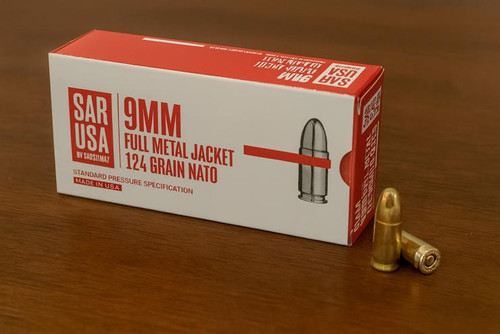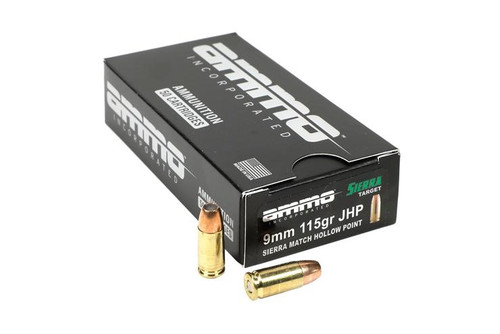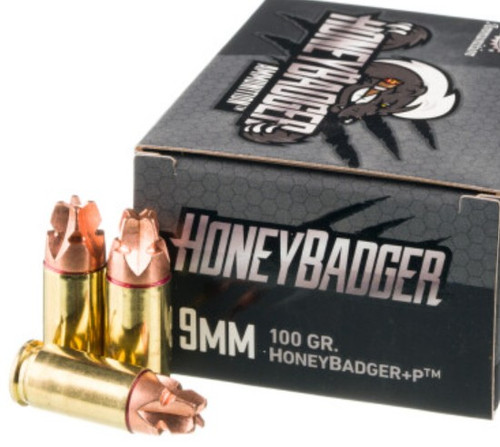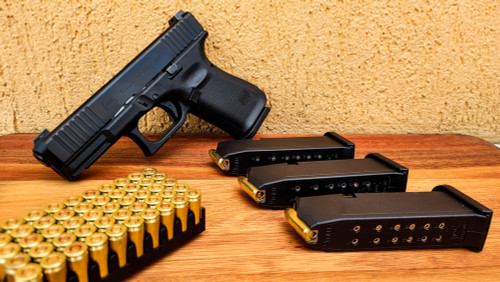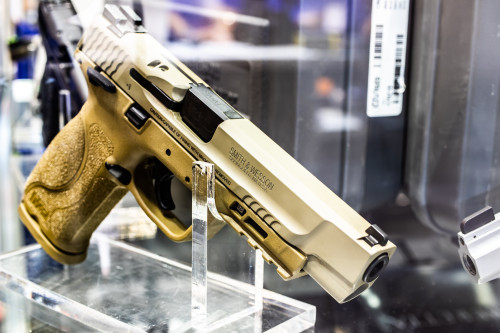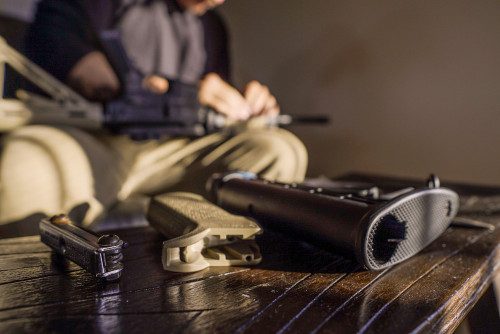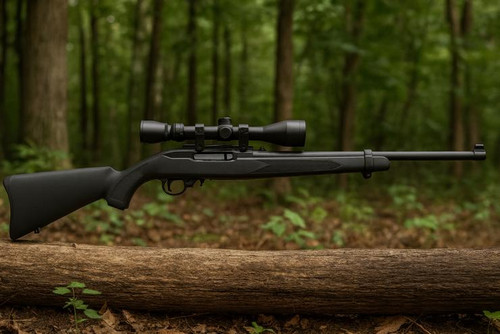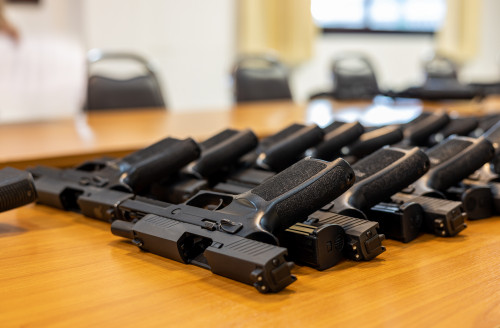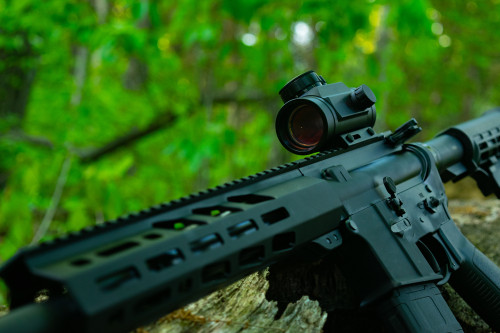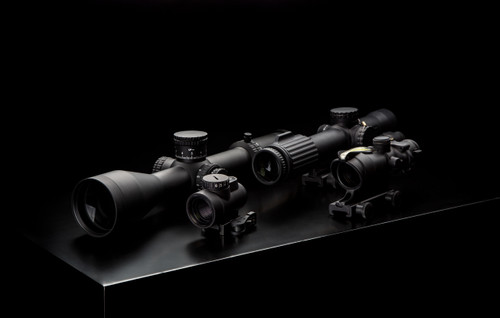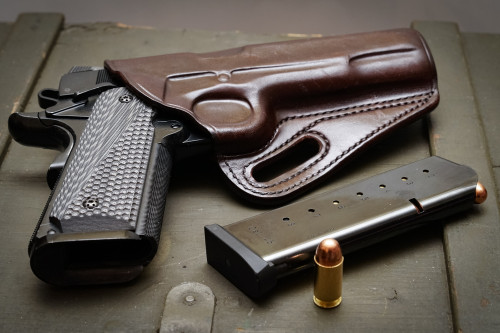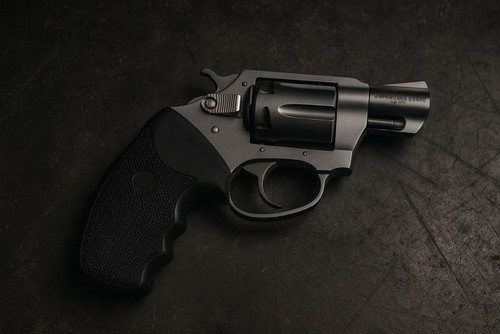An 80% lower receiver is a receiver that's only 80% finished. It doesn’t have a fully machined fire control group pocket yet.. Federal law doesn't classify it as a firearm because of this missing part. Most states let you buy one without going through an FFL dealer or background check.
The benefits include saving money on transfer fees, gaining full control over customization, and experiencing the satisfaction of building something with your own hands. . Plus, you learn the mechanical ins and outs of your firearm – knowledge that comes in handy for maintenance down the road.
Legal rules have changed frequently in recent years across the country. Presidential administrations as recently as the Biden administration have attempted to impose stricter regulations on these parts for some time. . Companies like 80% Arms got exemptions from the ban as of November 2022. Customers can still buy jigs and receivers together from approved dealers.
Getting good results depends on starting with quality components. A precision-made 80% lower paired with the right jig makes all the difference between a frustrating project and a rewarding build.
What Makes 80% Lowers Unique
One key factor separates finished receivers from 80% lowers: how much machining work is done. Completed lower receivers have a fully cut fire control group pocket that holds the trigger parts. An 80% lower shows a solid block of metal in this same spot.
This small difference creates huge legal implications for gun owners and builders. The ATF doesn't call 80% lowers firearms because they need major machining work before they can function. This classification lets you order them straight to your home without going through an FFL dealer.
Many builders like the privacy these builds offer. The lower has no serial number when you buy it, so there's no paper trail to follow. Some states now require home-built guns to have serial numbers, so check your local laws first.
Beyond legal benefits, 80% lowers let builders learn how their guns actually work by assembling them piece by piece. This hands-on experience creates a stronger bond with your firearm that you can't get from store-bought options.
Best 80% Lower Receivers for AR-15 Builds

AR-15 builds remain the most popular choice for home builders. Here are the best options available:
Type III Hard Anodized Billet AR-15 80% Lower (80% Arms)
This high-quality 6061 billet aluminum lower offers outstanding machining with sharp lines and exact measurements. The Type III hard anodized coating gives great protection against wear and rust. At roughly $99, it provides solid value for the build quality you get.
Billet construction creates more custom styling than forged lowers do. Your finished build gets a unique appearance. The 6061 aluminum cuts easier than 7075 material, putting less stress on your tools and speeding up your project.
These lowers work great with the Easy Jig system. First-time builders find them perfect for a trouble-free experience.
Polymer80 AR-15 Lower
Builders wanting lightweight builds or custom colors should consider Polymer80's AR-15 lowers. You can choose from black, FDE, gray, and cobalt colors to make your rifle stand out. These polymer lowers help you build something completely personal.
The polymer construction makes these significantly easier to machine than aluminum versions. Many users complete these builds with basic hand tools in less time than metal alternatives require.
Polymer80 often bundles their lowers with jigs and necessary bits for around $75-80. They are like an economical all-in-one solution. The included jig simplifies the drilling and milling process considerably.
One caution: ensure you select a version with reinforced buffer tube areas, as this high-stress zone can be a failure point on some polymer lowers.
PSA MOE Lower Build Kit
Once you've completed your 80% lower, you'll need parts to finish the build. Palmetto State Armory's MOE Lower Build Kit includes everything needed to complete your lower receiver: trigger group, buffer assembly, grip, and stock.
These kits pair nicely with any of the AR-15 80% lowers mentioned above, creating a cost-effective way to finish your build without hunting down individual components.
Recommended AR-10 and AR-9 80% Receivers
Looking beyond the standard AR-15 platform? AR-10 and AR-9 builds offer exciting alternatives with unique advantages.
Black Anodized Billet .308 80% Lower (80% Arms)
AR-10 builds pack serious punch with .308 Winchester/7.62×51mm NATO rounds. This 80% Arms model gives you a precisely machined foundation for powerful rifle projects.
These receivers are bigger than AR-15 lowers to handle the larger .308 cartridge. The black anodized coating protects against wear and rust damage over time.
The $139 price tag isn't the lowest available, but the build quality makes it worthwhile. Precise machining means this lower works well with standard AR-10 components, which can be tricky across different brands.
80% Arms AR-9 80% Lower Receiver
Pistol-caliber carbines appeal to shooters who want lighter recoil and shared ammo with handguns. This 80% Arms lower includes a pre-installed magazine catch and takes Glock magazines. Glock owners get huge benefits from this compatibility feature.
Billet construction creates clean edges and accurate machining for easier completion work. It pairs perfectly with other 80% Arms jig systems like their other products.
At roughly $139, this lower creates a solid base for pistol-caliber carbine builds. Sharing ammo with Glock pistols makes range trips and home defense setups more convenient.
Glock-Compatible 80% Frame Kits Worth Considering

The popularity of Glock-pattern pistols has spawned an entire industry of compatible 80% frames. These polymer kits let you build custom handguns based on Glock designs.
Polymer80 Kits
Polymer80 dominates the Glock-compatible 80% frame market with several options:
- PF940V2: Compatible with Glock 17/22/31 (full-size)
- PF940C: Compatible with Glock 19/23/32 (compact)
- PF940SC: Compatible with Glock 26/27 (subcompact)
- PF9SS: Compatible with Glock 43 (single stack)
Each kit includes the frame, jig, and necessary drill bits – everything needed except hand tools. The polymer construction makes these significantly easier to complete than metal frames, with most builds taking under an hour once you gather the parts.
The texturing on these frames often improves upon factory Glock grips, and the inclusion of an extended beaver tail enhances comfort and control. Prices range from $95-150 depending on the model.
80% Arms GST-9
The GST-9 represents the next evolution in Glock-compatible frames with its modular grip system. This innovative design lets you switch between compact (G19-sized) and standard (G17-sized) grip lengths using included modules.
The frame features enhanced ergonomics with improved texture patterns and an extended beaver tail for better hand positioning. The included jig system simplifies completion compared to some competitors.
At $149, the GST-9 costs slightly more than basic Polymer80 options, but offers additional customization potential. The ability to change grip sizes gives you essentially two frames in one – a compact for concealed carry and a full-size for home defense or competition.
Completing a Glock-compatible frame takes considerably less time and effort than AR platforms. Most builders report finishing these in under an hour. It makes them ideal starter projects for those new to home gunsmithing.
Best Jigs for Completing Your Build at Home

The jig might be the most critical component of your 80% build. It guides your tools to ensure proper machining of the fire control pocket. Modern jigs have revolutionized home building, reducing completion time from 3-4 hours to about 90 minutes.
Easy Jig Gen 3 Multi-Platform (80% Arms)
The Easy Jig Gen 3 represents the pinnacle of home gunsmithing tools. This universal jig handles AR-15, AR-9, and AR-10 platforms with simple adjustments, eliminating the need for platform-specific jigs.
Unlike older designs that required drill presses and questionable horizontal milling techniques, the Easy Jig uses a standard hand router to complete the fire control pocket quickly and cleanly. The router-based approach creates a much more professional-looking result than drill press methods.
At $329, it's a significant investment. But considering it works across multiple platforms and produces superior results, the cost makes sense for anyone planning multiple builds. The time savings alone (cutting completion time by 50-60%) justifies the price for many builders.
The system requires specific end mill bits, so purchasing the complete kit with bits is recommended unless you plan to source them separately.
5D Tactical Universal Jig
Another excellent option in the router-based jig category, the 5D Tactical Universal Jig offers multi-platform compatibility similar to the Easy Jig Gen 3. It handles AR-15, AR-9, and AR-10 lowers with equal precision.
The jig's design focuses on simplicity and durability, with clearly marked drilling locations and tool paths. User reviews consistently praise its ease of use and the quality of finished lowers it produces.
Priced around $289, it sits slightly below the Easy Jig Gen 3 but offers comparable functionality. The decision between these two often comes down to personal preference and availability.
Router Recommendations
Both premium jig systems mentioned above require a router to function properly. The Ridgid R2401 compact router ($90) pairs particularly well with the Easy Jig 2, requiring no additional parts or modifications.
For the Gen 3 Easy Jig, 80% Arms offers a compatible router that works perfectly with their system. Investing in a quality router pays dividends in the precision of your builds.
Key Features That Make a Quality 80% Lower
Not all 80% lowers are created equal. Understanding what separates quality products from questionable ones helps you make smart purchasing decisions.
Brand Reputation
Stick with established manufacturers with proven track records. Companies like 80% Arms, Polymer80, and Anderson have demonstrated consistent quality control and customer service.
No-name 80% lowers often suffer from dimensional issues that create headaches during completion and assembly. Problems like misaligned pin holes can turn an enjoyable project into a frustrating ordeal.
Materials Matter
Aluminum lowers come in two primary alloys:
6061 Aluminum: It is Softer and easier to machine and so it makes them better for beginners. Slightly less durable but still more than strong enough for practical purposes. More corrosion-resistant than 7075.
7075 Aluminum: Harder and stronger, but more difficult to machine. Standard for military-spec receivers. Requires sharper tooling and more careful machining.
For most home builders, 6061 aluminum offers the best balance of machinability and durability. The strength difference rarely matters in practical applications.
Polymer lowers provide much easier machining but sacrifice some durability. Look for reinforced buffer tube areas, as this high-stress zone is the most common failure point.
Surface Finish
For aluminum lowers, you'll choose between:
Raw Aluminum: Less expensive and ready for custom finishing after machining. Makes sense if you plan to Cerakote or anodize your completed lower.
Anodized: Provides corrosion resistance and a finished look, but machining will expose raw aluminum in the fire control pocket. Type III hard anodizing offers the best protection.
For polymer lowers, the material is colored throughout, so machining doesn't affect appearance.
Dimensional Precision
Quality 80% lowers maintain tight tolerances, ensuring compatibility with standard parts. Premium manufacturers use CNC machining to maintain consistency across production runs.
Pay attention to reviews mentioning fit issues with pivot pins, buffer tubes, or trigger groups – these suggest dimensional problems that will complicate your build.
Final Thoughts
Creating your own firearm brings both satisfaction and responsibility. Here are some parting thoughts to guide your building journey:
Quality components make all the difference. Saving a few dollars on a no-name lower often leads to frustration and poor results. Invest in reputable brands for both lowers and jigs.
Take your time during the build process. Rush jobs lead to mistakes that compromise both aesthetics and functionality. Set aside adequate time for each step, especially your first build.
Familiarize yourself with local laws before starting. Some states have specific regulations regarding home-built firearms, including serialization requirements.
Remember that building your own firearm isn't just about saving money – it's about gaining knowledge, developing skills, and creating something uniquely yours. The process teaches you the mechanical principles behind your firearm. For this reason, it makes you a more knowledgeable and capable owner.
Finally, consider your first build as a learning experience. Each subsequent project gets easier and produces better results as you refine your techniques.
80% builds offer a rewarding challenge for those willing to invest the time and effort. The products highlighted in this guide represent the best options currently available to help ensure your success.
Not sure if you should tackle an 80% lower build or just buy a complete AR? Check out this post for Buy vs. Build insights.
Frequently Asked Questions
Are 80% lowers legal to build?
Yes, under federal law, 80% lowers are legal to purchase and build in most states. They're not considered firearms until completed. However, some states have enacted stricter regulations or bans. Check your local laws before purchasing or building.
Do I need special tools to complete an 80% lower?
For AR platforms, you need a jig system, router, drill, and appropriate bits. Modern jigs like the Easy Jig Gen 3 have simplified the process significantly. Polymer handgun frames typically require only basic hand tools like files, sandpaper, and a drill.
What's the difference between 6061 and 7075 aluminum lowers?
6061 aluminum is softer and easier to machine but slightly less durable. 7075 aluminum is harder and stronger but more difficult to machine. For most home builders, 6061 provides the best balance of usability and durability.
Can beginners successfully complete an 80% lower?
Absolutely! Start with a polymer lower or a 6061 aluminum AR lower paired with a quality jig like the Easy Jig. Take your time, follow instructions carefully, and most beginners achieve excellent results on their first build.
How long does it take to complete an 80% lower?
With modern router-based jigs, most AR-15 lowers can be completed in 60-90 minutes. Polymer handgun frames typically take 30-60 minutes. Older drill press methods could take 3-4 hours or more.
Do I need to register or serialize my home-built firearm?
Federal law doesn't require serialization of home-built firearms made for personal use. However, some states have implemented their own requirements. Check your local regulations before building. You can never sell or transfer an unserialized home-built firearm.



![Top-Rated 80% Lowers and Jigs for Home Gun Builders [AR-15, AR-10, AR-9, Glock] Top-Rated 80% Lowers and Jigs for Home Gun Builders [AR-15, AR-10, AR-9, Glock]](https://cdn11.bigcommerce.com/s-147rwa95bf/images/stencil/500x658/uploaded_images/80-lowershero.png?t=1758036302)
 Pro Armory Editorial Team
Pro Armory Editorial Team